The North American introduction to Hyundai cars began in 1983, when the incredibly cheap Pony appeared in Canada to do battle with the Soviet-built Lada Signet at the extreme-low-end region of the new-car price spectrum. For the 1986 model year, the somewhat more sophisticated Hyundai Excel showed up in the United States, undercut on price only by the wretched Yugo GV. Gradually, Hyundais here shook off their reputation as nothing more than cheap transportation appliances, and a big step forward in that process was the Hyundai XG luxury sedan. Here’s one of the later XGs, found in a Colorado self-service yard recently.
Hyundai began selling the Sonata in the United States as a 1989 model, and it was quite a bit bigger and nicer than the Excel but still seen as a lowly cut-rate Accord competitor. Fast-forward 12 years, and Hyundai felt sufficiently entrenched in the North American market to bring the Grandeur XG across the Pacific. That car was called the XG300 over here, and it went on sale as a 2001 model.
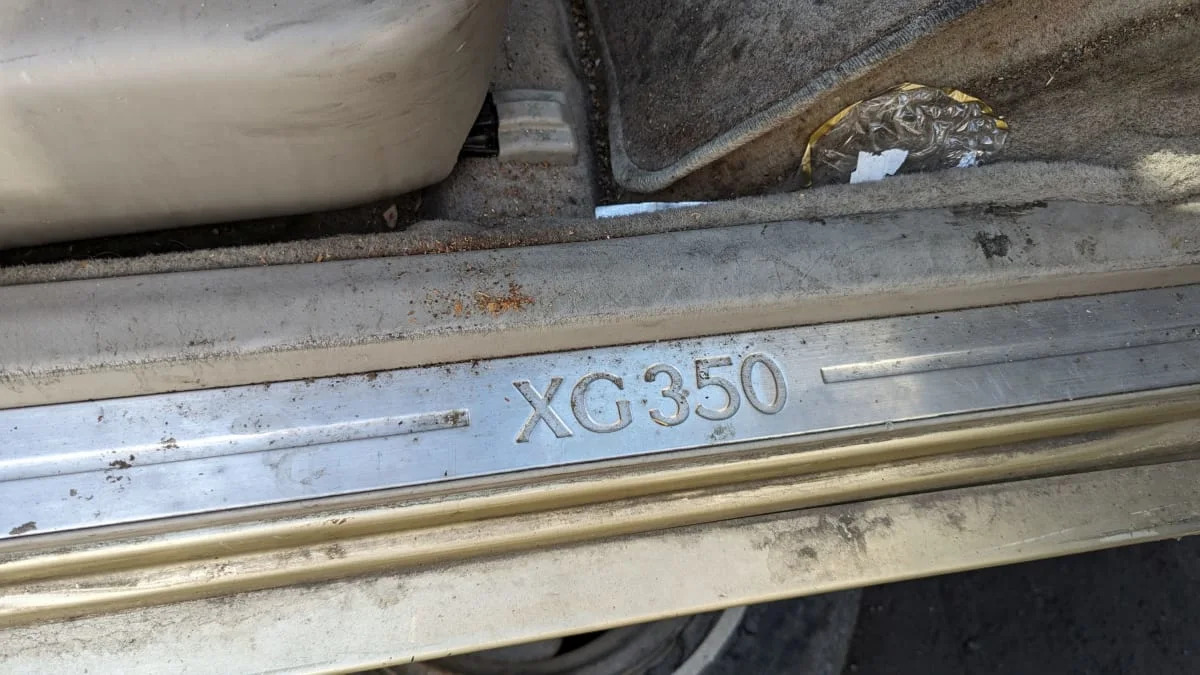
The XG got an engine upgrade for the 2002 model year and became the XG350. Sales continued through the 2005 model year, after which the next-generation Grandeur TG became the Hyundai Azera. The earliest Grandeurs were license-built Mitsubishi Debonairs, but the XG300 and XG350 were developed entirely by Hyundai (though some Mitsubishi DNA is still apparent).
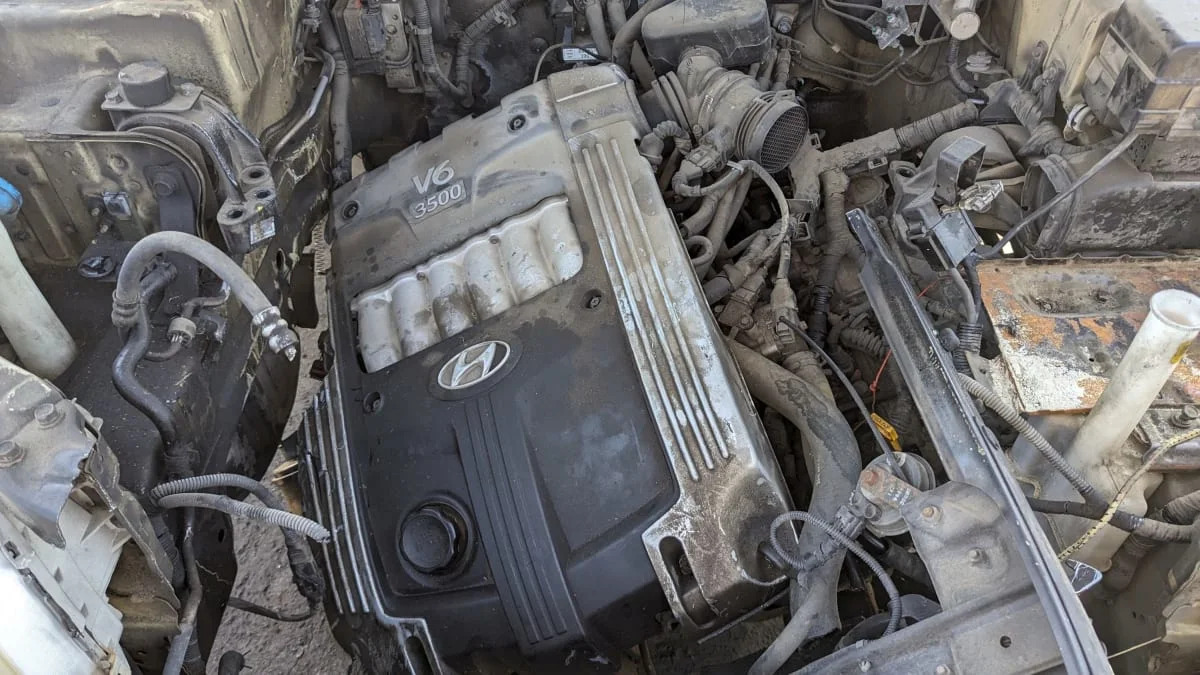
For example, the 3.5-liter Sigma V6 engine in the XG350 — rated at 194 horsepower and 216 pound-feet — traces its ancestry back to the Mitsubishi 6G engine found in everything from the Montero to the LeBaron.
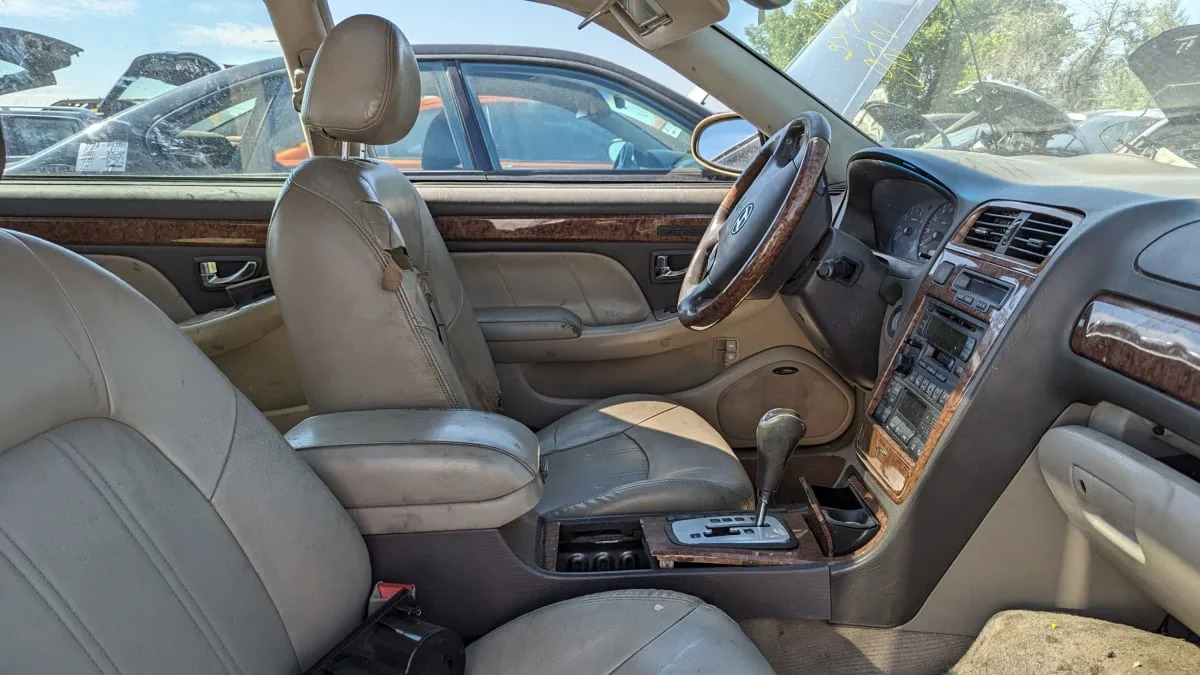
This is the top-level L version, so its MSRP was $25,999 (about $47,083 in 2023 dollars). The Mitsubishi Diamante, then in its final model year here, listed at $26,557 ($48,094 in today’s money), but the XG350 also had to compete against its Kia-badged sibling, the Amanti, and its price of $24,995 ($45,265 now).
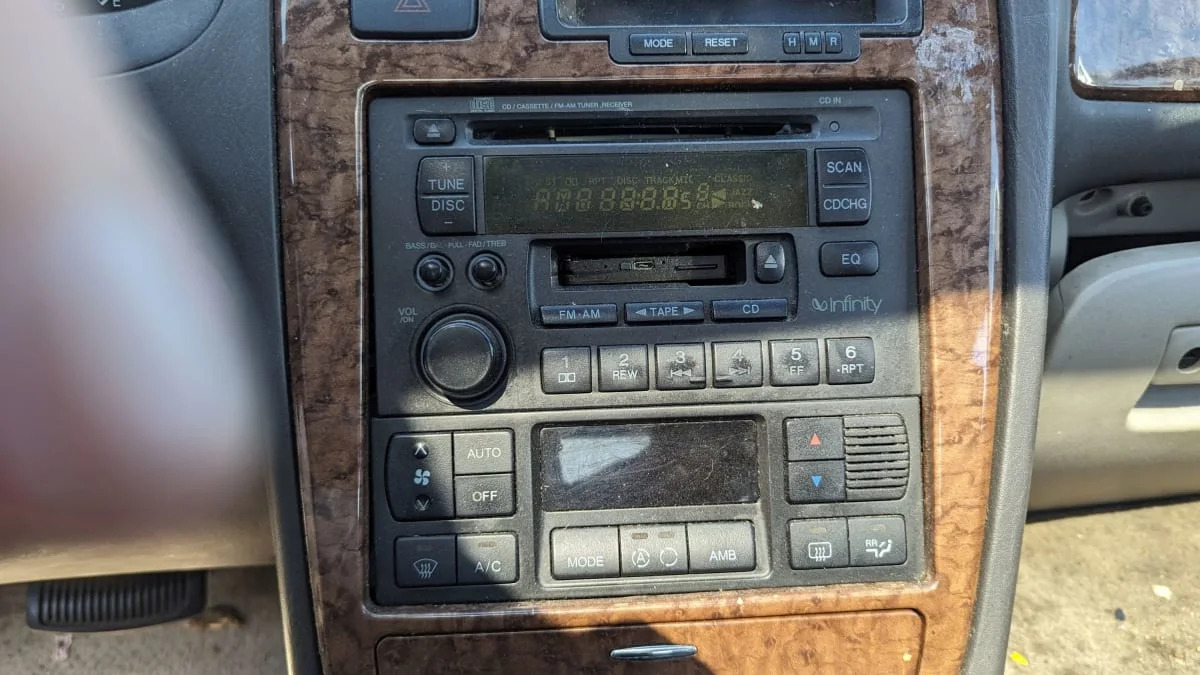
The XG350 offered a lot of luxury for the price, but it wasn’t quite up to the swank level of later big Hyundai sedans.
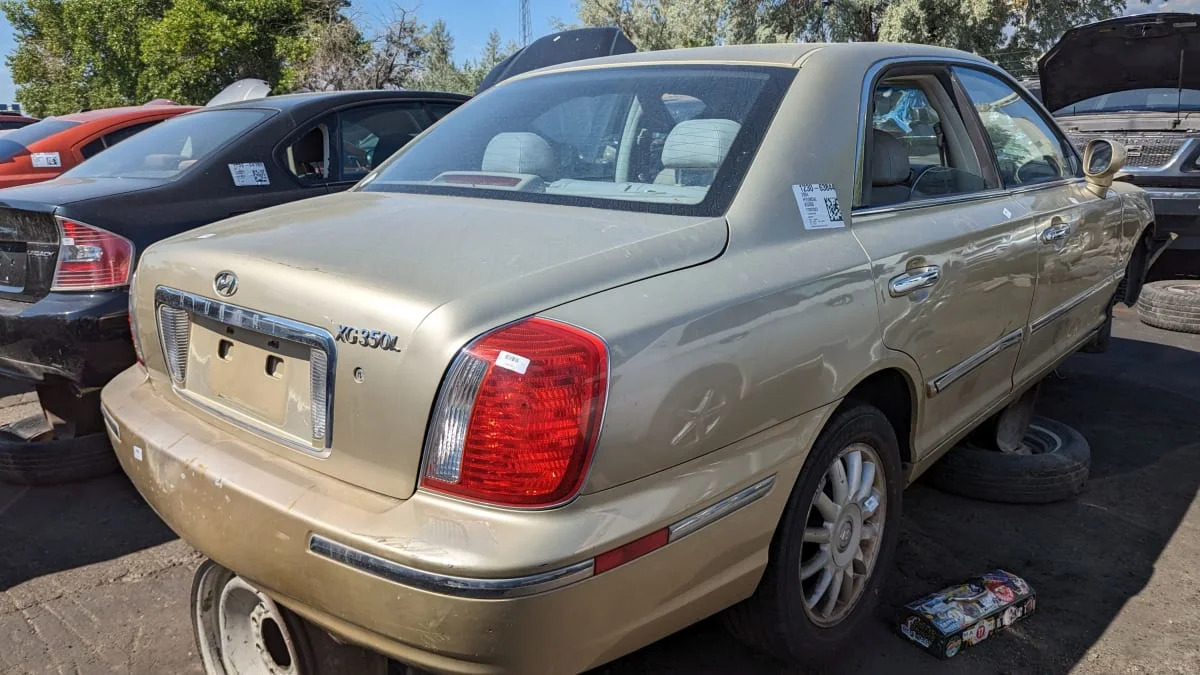
The XG has become a rare sight today, on the road or elsewhere, but it’s an important piece of automotive history.
Within the grasp of the up-and-coming businessman in 2004 … and smashing his face in a parking garage.
It was pitched to the genuinely wealthy in its homeland.
Why not shoot SKDM TV commercials in Europe?
Read the full article here


